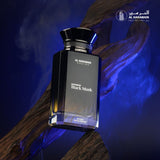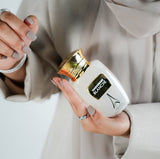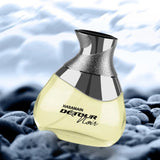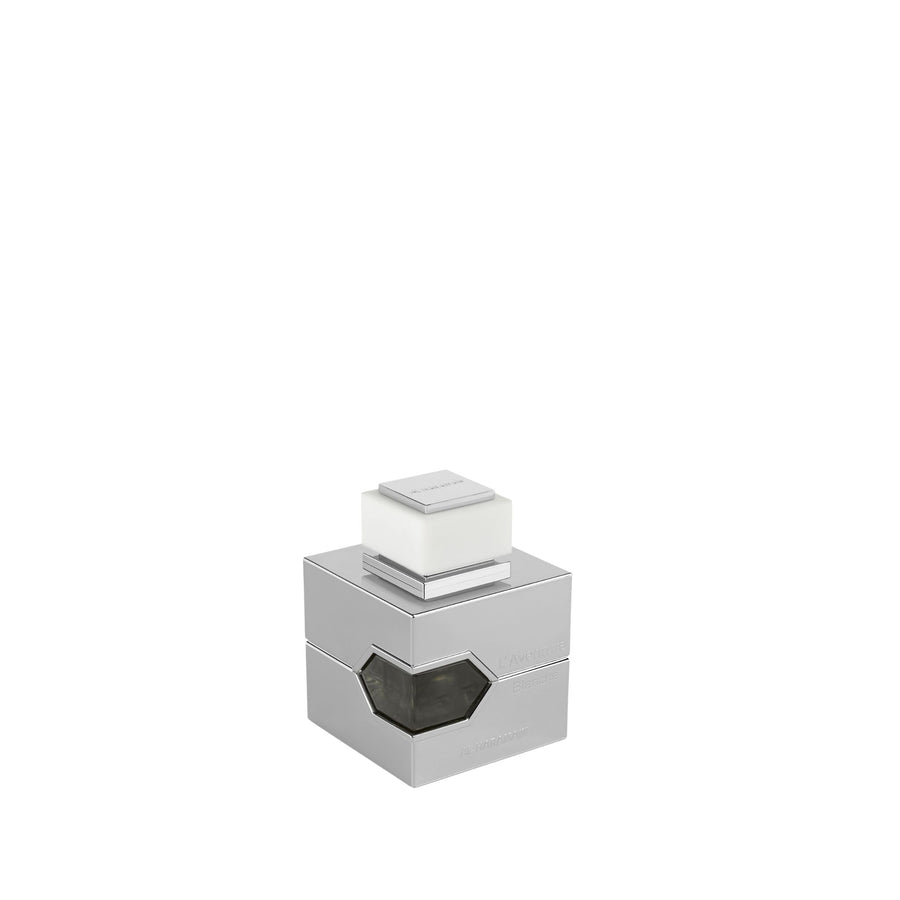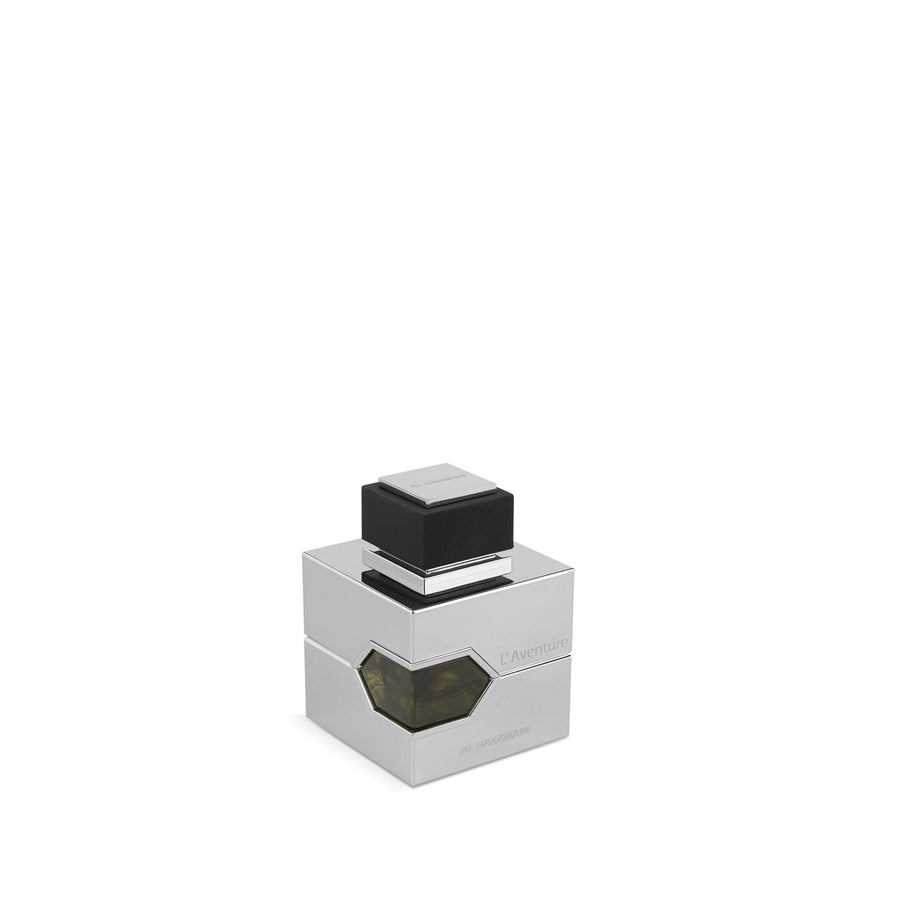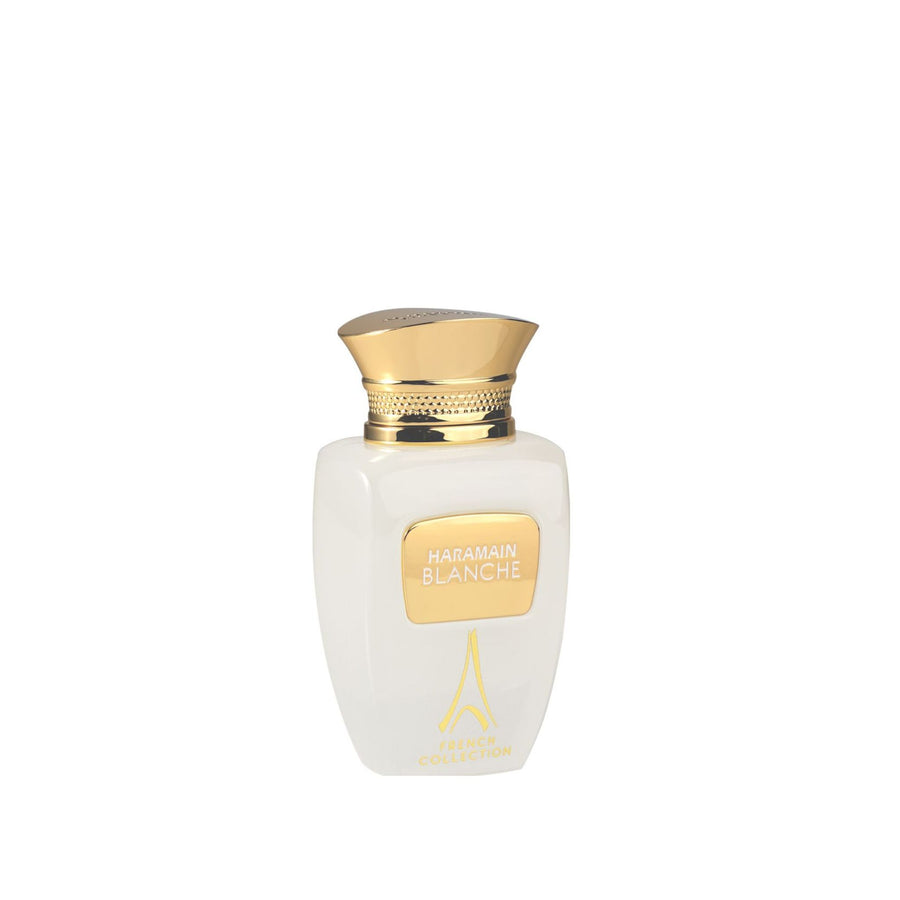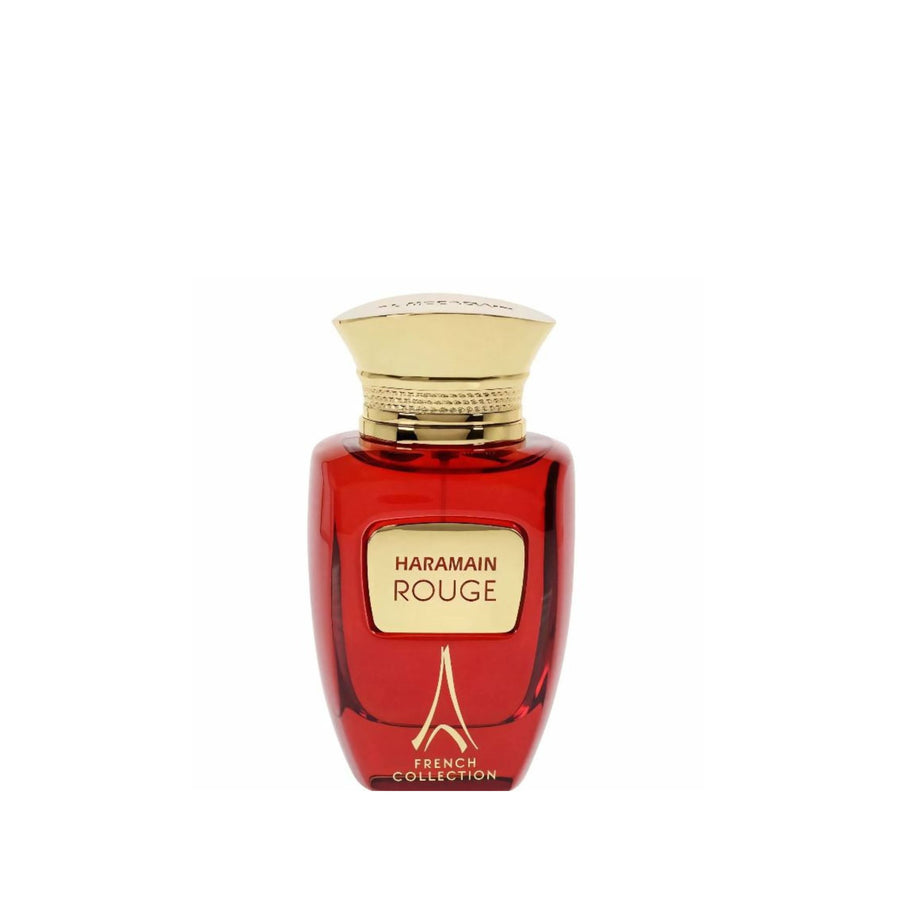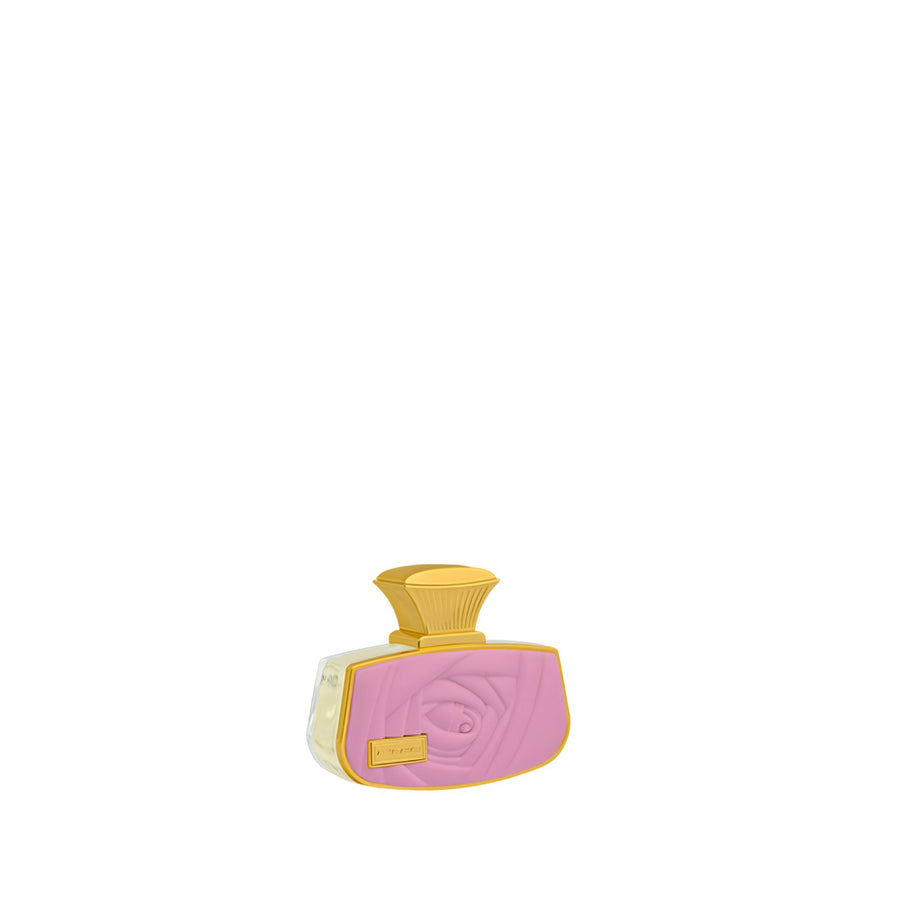For decades, perfume has been a beloved tool for self-expression, evoking memories, confidence, and individuality. But for many, the joy of wearing fragrance is overshadowed by allergic reactions—itchy skin, headaches, sneezing, or watery eyes. If you’re among the 35% of people who report sensitivities to scented products (as noted by the National Institutes of Health), you don’t have to abandon perfume altogether. With the right approach, you can continue to enjoy your favorite scents while minimizing discomfort. Here’s how to navigate perfume allergies like a pro.
Understanding Perfume Allergies
Perfume allergies occur when your immune system reacts to specific ingredients in fragrances. These reactions can stem from synthetic chemicals (like phthalates or aldehydes), natural essential oils, or alcohol bases. Symptoms vary widely, from mild skin irritation to respiratory issues, depending on your sensitivity level.
The complexity of modern perfumery—with some fragrances containing over 100 ingredients—makes pinpointing triggers challenging. However, by adopting mindful practices, you can reduce exposure to irritants without sacrificing your love for scent.
9 Tips to Manage Perfume Sensitivities
1. Opt for Hypoallergenic Fragrances
Hypoallergenic perfumes are formulated to minimize allergens, often using natural ingredients instead of synthetic compounds. For example, Juliette Has a Gun’s Not a Perfume (available at LaBelle Perfumes) relies on a single molecule, Cetalox, which is gentle on sensitive skin. Look for terms like “clean beauty,” “dermatologist-tested,” or “non-irritating” on labels. Brands that prioritize transparency in their ingredient lists, such as those using organic essential oils or plant-based alcohols, are safer bets.

Pro Tip: Natural doesn’t always mean hypoallergenic. Some essential oils, like citrus or cinnamon, can still cause reactions. Patch-test every new product.
2. Always Test Before Committing
Never blind-buy a full-sized bottle if you have sensitivities. Instead:
-
Patch Test: Apply a small amount to your inner wrist or elbow. Wait 24–48 hours to check for redness, swelling, or itching.
-
Sample First: Many retailers, including LaBelle Perfumes, offer travel-sized samples or testers. Use these to trial a scent over several days.
-
Layer Sparingly: Test one fragrance at a time to avoid confusing reactions from product combinations.
3. Scrutinize Ingredient Lists
Become a label detective. Avoid common irritants like:
-
Parabens (preservatives linked to skin irritation).
-
Phthalates (often hidden under “fragrance” and known to disrupt hormones).
-
Synthetic musks (can trigger migraines).
-
Limonene/Linalool (oxidize into allergens when exposed to air).
Seek certifications like EWG Verified™ or Certified Vegan, which indicate stricter safety standards. Brands that disclose full ingredient lists (not just “parfum”) are more trustworthy.
4. Apply Strategically to Reduce Exposure
Where and how you apply perfume matters:
-
Spray on Clothes or Hair: Fabric and hair hold scent without skin contact. Avoid delicate fabrics like silk, as alcohol can damage them.
-
Target Less-Sensitive Areas: Try the back of your knees, ankles, or clothing collars instead of pulse points.
-
Use a Light Hand: One spritz is often enough. Overapplication increases irritation risk.

5. Choose Alcohol-Free Formulas
Alcohol, a common perfume base, dries out skin and can exacerbate irritation. Alternatives include:
-
Perfume Oils: These use carrier oils (jojoba, coconut) instead of alcohol. They’re longer-lasting and gentler.
-
Solid Perfumes: Beeswax or shea butter bases make these ideal for sensitive skin.
-
Roll-Ons: Precision application reduces waste and overexposure.
6. Create a Barrier with Fragrance-Free Moisturizer
Hydrated skin is less prone to irritation. Before applying perfume, use a fragrance-free moisturizer with ceramides or hyaluronic acid to strengthen your skin barrier. This layer can prevent allergens from penetrating while helping scent adhere better.
Bonus: Apply petroleum jelly (like Vaseline) to pulse points before spraying perfume. It locks in moisture and slows fragrance evaporation.

7. Control Your Scent Environment
External factors can amplify reactions:
-
Avoid Scent Overload: Don’t layer perfumed lotions, detergents, and perfumes. Stick to one scented product at a time.
-
Ventilate Spaces: Apply perfume in well-ventilated areas to prevent fumes from concentrating.
-
Store Properly: Keep perfumes in cool, dark places to prevent ingredient degradation, which can create new irritants.
8. Embrace Lighter, Simpler Scents
Heavy, complex blends (e.g., oriental or gourmand perfumes) pack more potential allergens. Instead:
-
Choose Eau de Cologne or Eau Fraîche: These have lower fragrance concentrations (2–4%).
-
Try Single-Note Scents: Sandalwood, vanilla, or fresh linen notes are less likely to overwhelm.
-
Citrus & Herbal Focus: Scents like bergamot, mint, or green tea are fresh and subtle.
LaBelle Perfumes’ collection includes light, airy options perfect for sensitive users.
9. Consult a Specialist for Severe Reactions
If allergies persist, seek professional help:
-
Allergists can perform patch tests to identify specific triggers.
-
Dermatologists may recommend hypoallergenic brands or prescribe topical creams.
-
Immunotherapy (allergy shots) might be an option for severe cases.
You Don’t Have to Give Up Fragrance
Perfume allergies don’t have to end your scent journey. By choosing hypoallergenic products, testing meticulously, and adjusting your habits, you can enjoy fragrance safely. Brands like Al Haramain prioritize inclusivity, offering curated options for sensitive skin without compromising luxury.
Final Tip: Keep a scent journal. Note which perfumes cause reactions and their ingredients to spot patterns over time.





